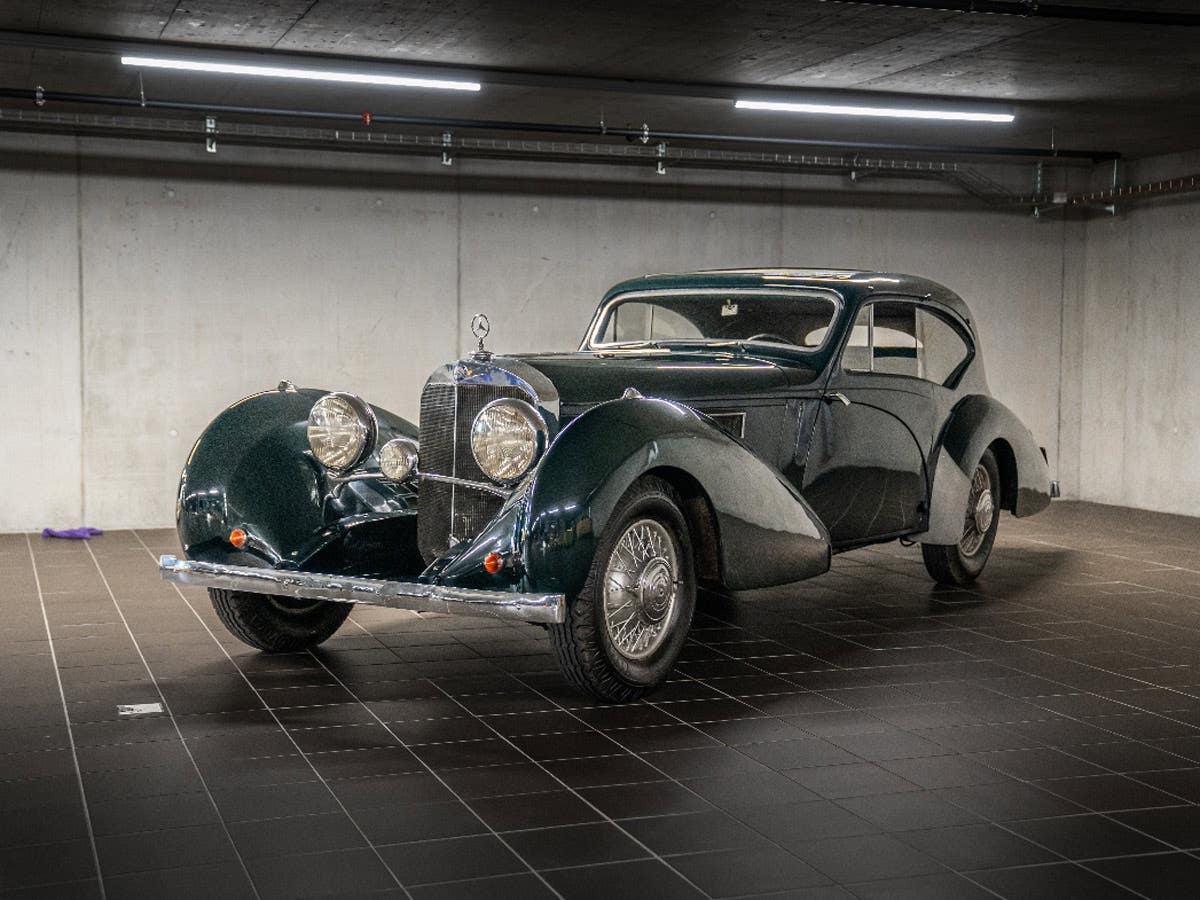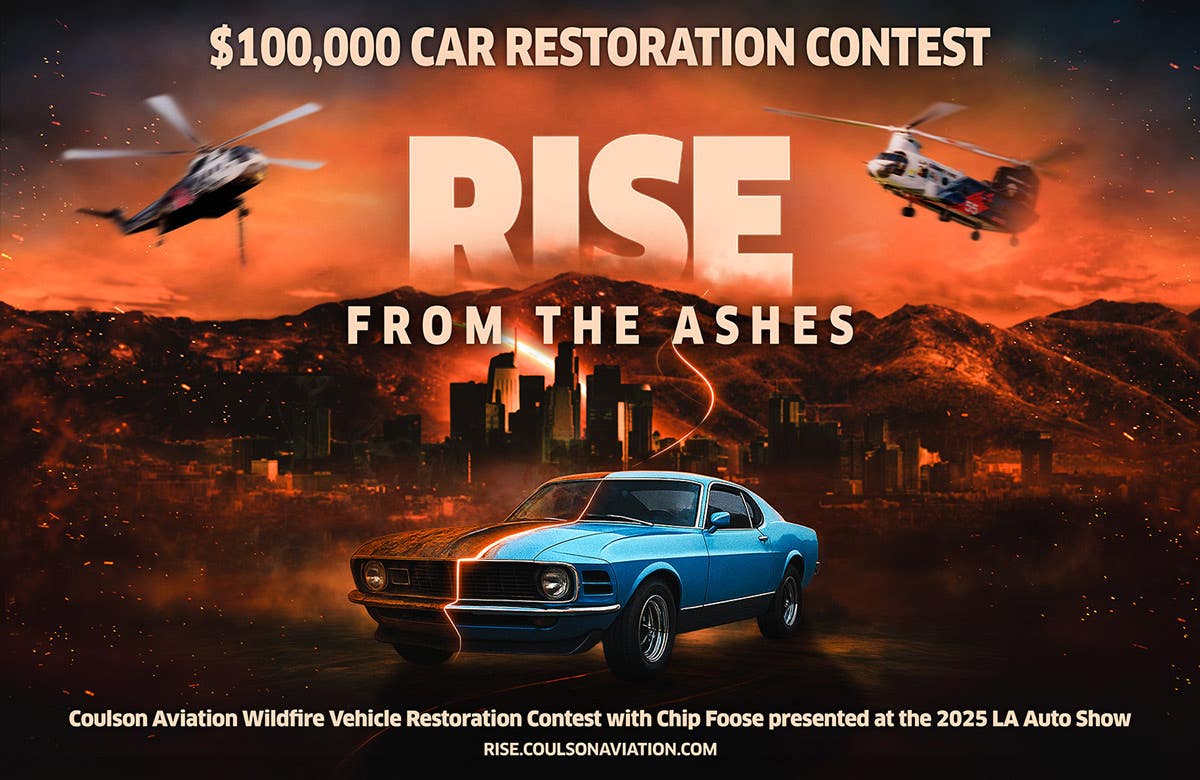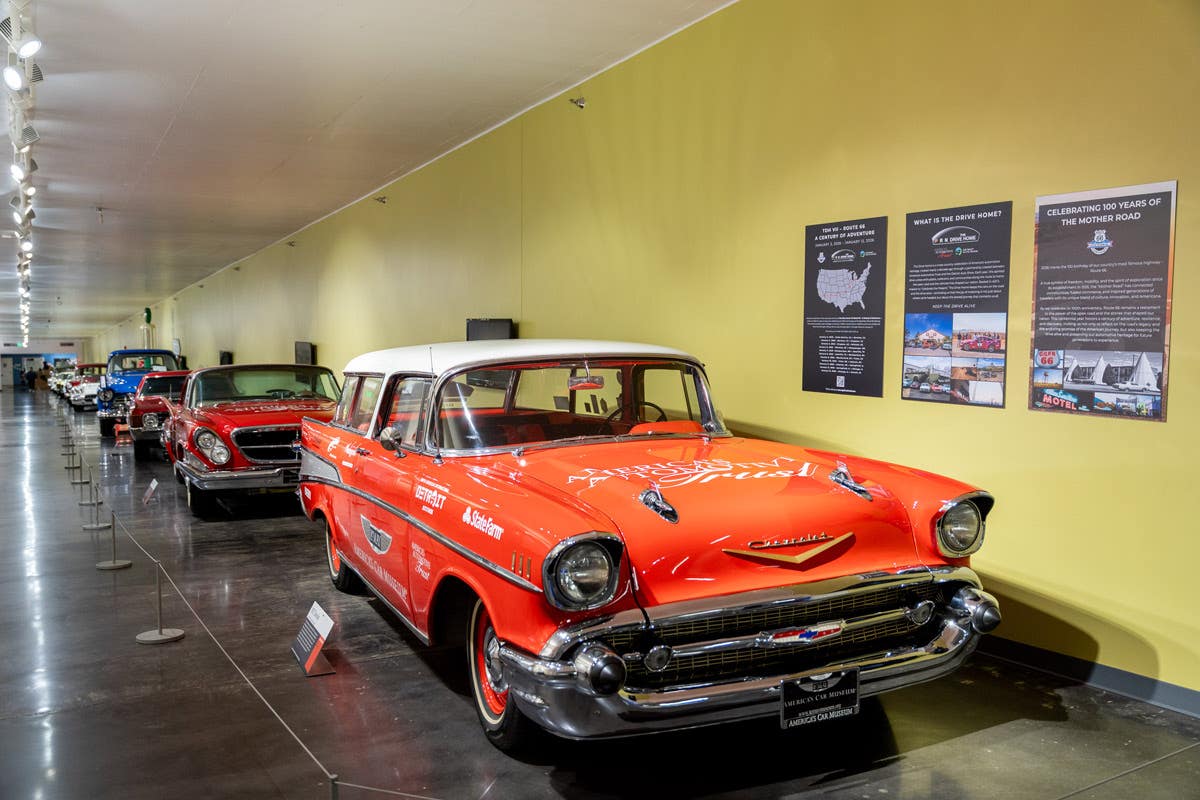2012 Iola Old Car Show to highlight orphans
By Phil Hall “Twenty First Century Orphans” holds down the theme role for the 2012 Iola Old Car Show and Swap Meet, scheduled for July 12-15. It salutes the domestic…
By Phil Hall
“Twenty First Century Orphans” holds down the theme role for the 2012 Iola Old Car Show and Swap Meet, scheduled for July 12-15. It salutes the domestic brands of motor vehicles that have been discontinued in the first decade or so of this period: Plymouth, Oldsmobile, Pontiac and Mercury.
Saturn and Hummer have also fallen by the wayside, but those brands’ lifespan falls outside the time frame encompassed by the show. The death march in the period is the most prolific since the 1950s when Frazer, Crosley, Henry J, Kaiser, Nash, Hudson and Packard all left the marketplace.
If you have a stock condition Plymouth, Oldsmobile. Pontiac or Mercury up to 1982 and want it to appear in the feature display area, submit a photo to the address below.
Planning for the 2012 Iola Old Car Show also includes selection of poster cars to illustrate the theme. With four brands to illustrate, the show poster should be interesting to assemble.
If you have a Plymouth, Oldsmobile, Pontiac or Mercury you think would make the grade, contact the show office at P.O. Box 1, Iola, WI 54945, call 715-445-4000 or e-mail information@iolaoldcarshow.com.
Vehicles (1982 or prior) selected must be in stock condition with only correct period accessories. Selection will be made by the Wisconsin Chapter of the Society of Automotive Historians.
More on 21st Century Orphans
First to go of the theme quartet was Plymouth. DaimlerChrysler gave it the ax and the 2001 Neon was the last to carry the nameplate. Plymouth started in 1928 as the low-priced leader of Chrysler Corporation. Early models, which were 1929s, were called Chrysler Plymouth. Plymouth was popular from the start and likely saved Chrysler Corporation from the wrath of the Depression.
Commercial vehicles (trucks) appeared under the Plymouth banner at times. In the 1970s and beyond, imports from Mitsubishi, also carried the Plymouth nameplate.
Plymouths carried conservative styling in its first quarter century, but V-8 power and fins spiced it up in the mid-1950s. As muscle and pony cars took hold in the 1960s, Plymouth was well prepared with the likes of Barracuda, Road Runner, GTX and even the winged 1970 Road Runner SuperBird.
Plymouth followed market themes in the 1970s and beyond with Volare, Horizon, Reliant K Voyager minivan and Sundance, but increasingly the brand became just a slight variation from the Dodge counterparts. A notable exception was the 1990s Prowler two-seater, which spent its last days with a Chrysler badge.
Oldsmobile, America’s oldest brand at the time, was next on the block. Dating back to 1899, well before the formation of General Motors, its demise was announced in 2001. The last one built was the 2004 Alero, which saw much service in rental car fleets.
Reviewing the history of Olds alone could fill this program. Once part of GM, it settled down right in the middle of the GM stepping stone list of brands. Trucks were part of the lineup in the teens and then returned late in Olds’ lifespan.
Oldsmobile held down the experimental role at times with fully automatic Hydramatic released to the public for 1940, the Rocket overhead valve V-8 for 1949 and its happy home in the lower priced 88, a shared aluminum V-8 in the 1961 F-85 compact, early turbocharging in the 1962 F-85 Jetfire and front wheel drive in the 1966 Toronado all taking a chance.
Olds played in the muscle car wars with the likes of the 4-4-2 and later Hurst/Olds, but didn’t get into the pony parade.
Oldsmobile Cutlass sales paced the market for a number of years starting in the 1970s and dealers signed on. When sales began to fall after a front wheel drive conversion, it left too many outlets for too few cars and helped seal the fate of Oldsmobile Division.
Pontiac took over for GM’s fading Oakland brand and starting with the 1926 models, held down step two in the corporation scheme of things.
Pontiacs were conservative, but sold well. Flathead six and straight eight engines were offered through the 1954 model year. For 1955 new bold styling and V-8 power changed Pontiac’s image and in 1956 new general manager Semon ‘Bunkie’ Knudsen shook things up big time. High performance engines, Wide Track chassis, Grand Prix personal cars and really great advertising followed. All boosted Pontiac’s fortunes.
A GTO option for the intermediate Tempest, the Firebird pony car and its Trans-Am versions all kept the fires burning in the 1960s and beyond.
Pontiac would probably still be with us if it were not for the government takeover of General Motors in 2008 and the impending bankruptcy. GM was ordered to reduce its nameplate roster and Pontiac (along with Saturn and Hummer) went down. The newest Pontiac was the 2010 Vibe. Production the last Pontiac, the 2009 G6 sedan, ended that year.
Last brand into the sunset (so far) was Mercury. Ford Motor Company’s middle nameplate started life in 1938 as a 1939 model, with the initial examples bearing the Ford Mercury name. During its lifetime Mercury shared mechanicals and body structure with Ford and occasionally up market Lincoln.
Though the customizers and hot rodders quickly took to Mercury vehicles and power, the brand spent most of its life looking for its own image.
The 1949-51 models shared bodies with small Lincolns, the 1957-60 offerings had their own structure (if you don’t count Edsel for1958) and from 1961 on, Ford brand parentage became the rule.
Mercury was not without performance highlights like the full-sized Marauder, Cyclone intermediates and Cougar pony brigade.
Imports appeared at times and later, like the competition, truck-like machines populated the lineup as the 1990s proceeded, and beyond.
Sales dwindled as the 2000s progressed and fancy trim on a Ford product was about all there was left to define a Mercury. The end was announced in mid-2010 and production was supposed to stop within a few months, but 2011 models were produced with the last, a Grand Marquis, being built at the start of this year.
Get the historic facts on these orphans and other cars in our Standard Catalog of American Cars 1946-1975.
Got Old Cars?
If you don't subscribe to Old Cars Weekly magazine, you're missing out on the only weekly magazine in the car hobby. And we'll deliver 54 issues a year right to your mailbox every week for less than the price of a oil change! Click here to see what you're missing with Old Cars Weekly!
More Resources for Car Collectors:
- Classic car price guides, research, books, back issues of Old Cars Weekly & more
- Get expert restoration advice for your classic car
- Get car pricing, data and history all in one place
- Sign up for Old Cars Weekly's FREE email newsletter
- Need to buy or sell your classic car? Looking for parts or memorabilia? Search our huge online classified marketplace








